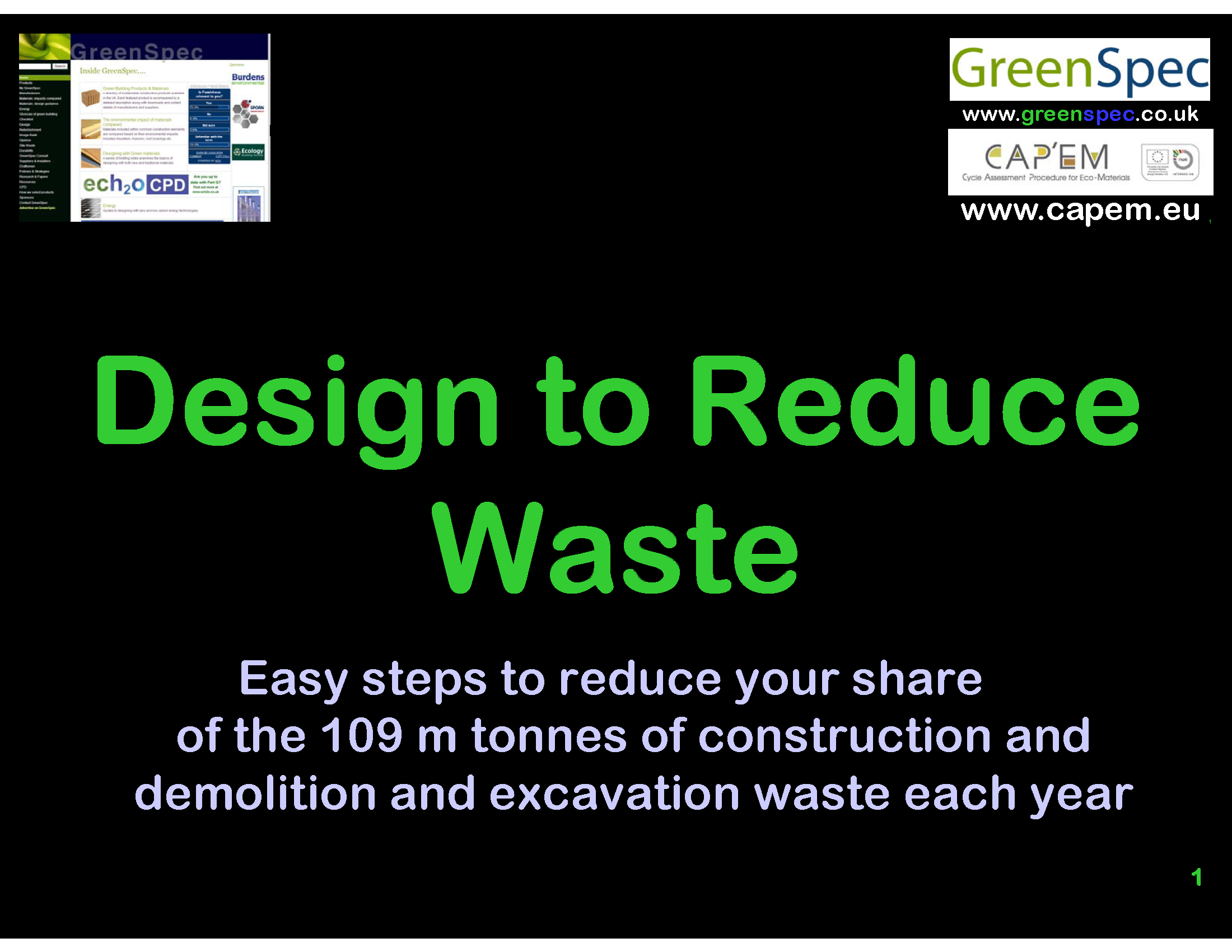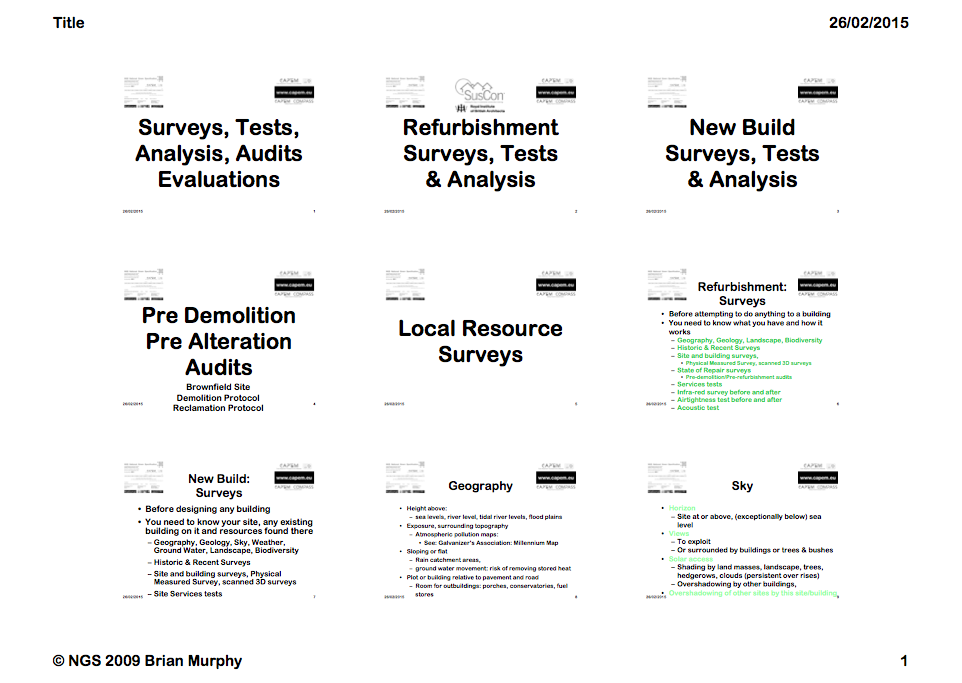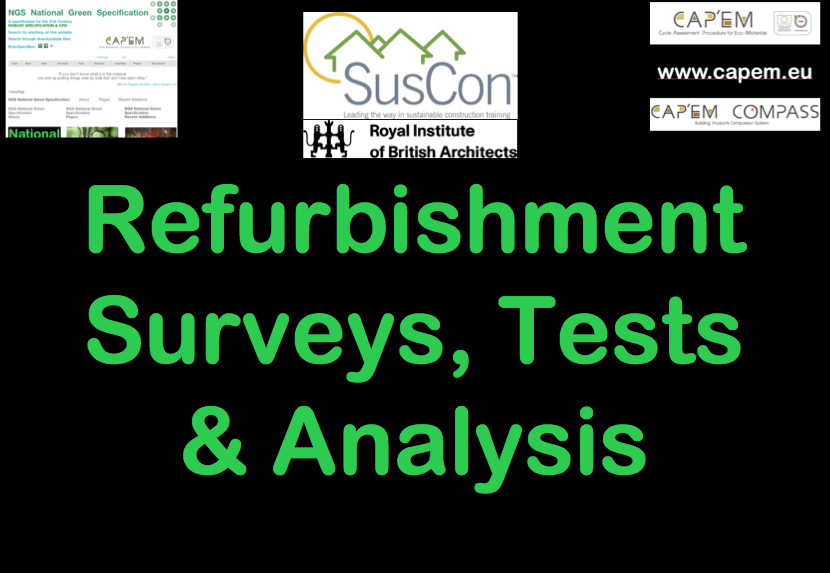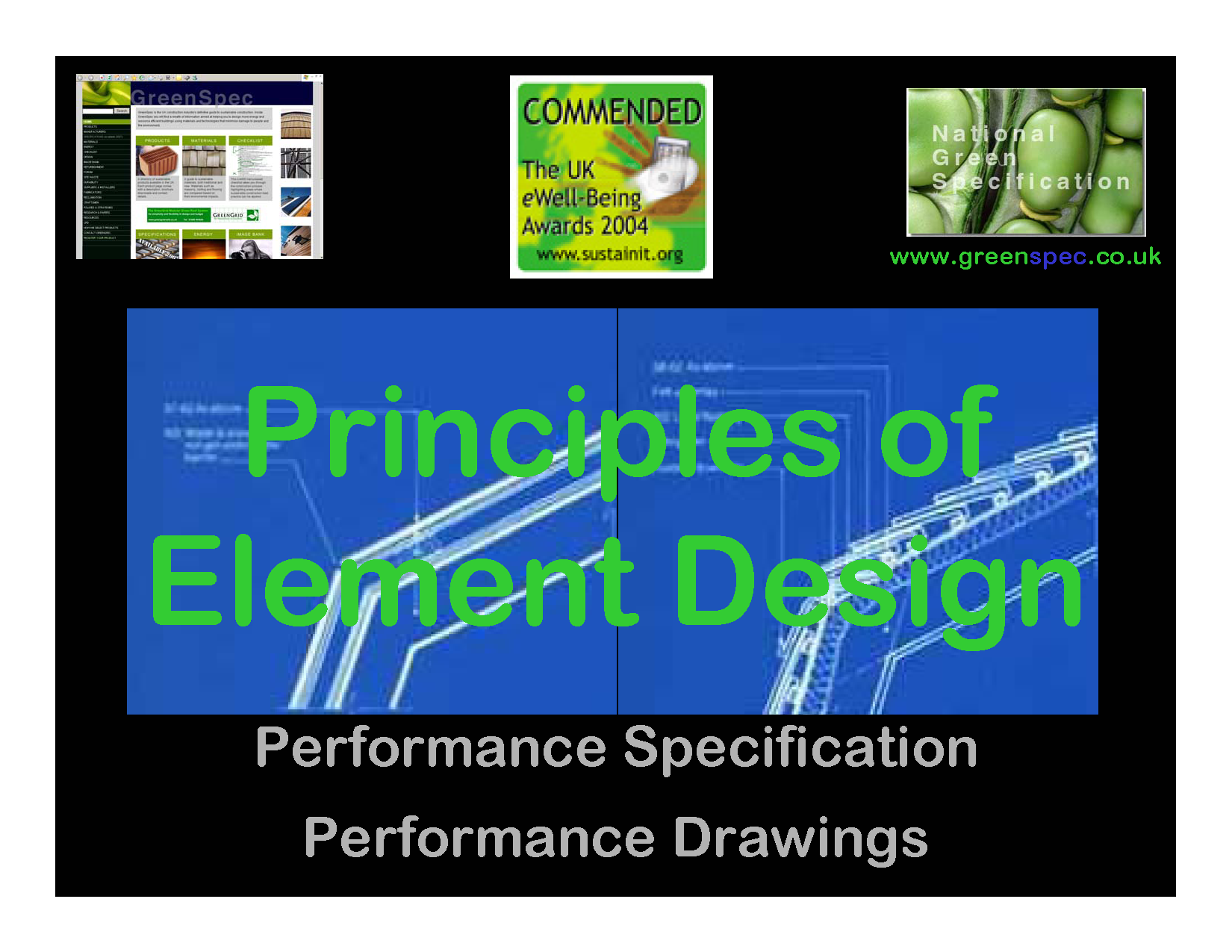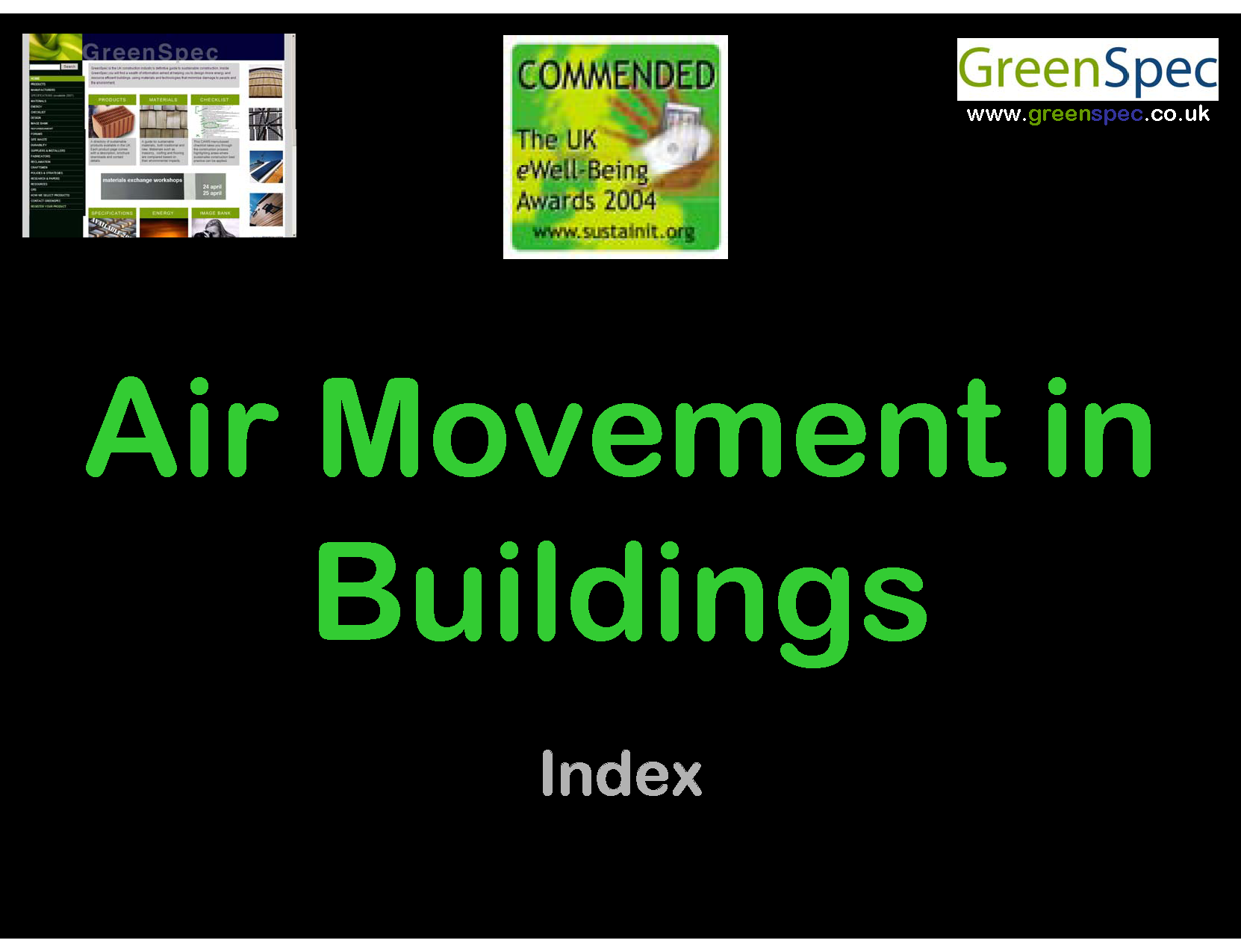GBE > Courses > G#1802 N#1689
LSBU PGDip Architecture 2015
LSBU PGDip Architecture 2015
About:
Updated the Whole Building Embodied Energy, Embodied Carbon & Sequestered Carbon calculator 03-06/05/2015
- Its a tool to get an idea of the properties of a building as you are designing it.
- You can substitute materials to see the effect that will have on the totals.
- Developed for RIBA Part 2 students for projects but might be useful in practice too.
- Do let us have feedback if you find any errors and we will update the files.
- Click the image above to download the file.
LSBU PGDip Architecture 2015
Index:
LSBU PGDip Architecture 2015
EBB_7_525.1
Energy and Resource Efficiency in Design
This page as a PDF
Ambition
- Merge the studio work and this piece of work into one process, generate separate hand-ins and optionally present as a single unified display
- Help create better prepared, self motivated, autonomous students, each with their own strengths and aiming to minimize their own weaknesses
- Students not in competition with each other, sharing know-how, and inspired to do as well as each other, self reliant students in competition with themselves, to be better than last time
- Develop methods that could be beneficial to the students in real life
- Get better results first time and reduce the failure rates
Brian Murphy will aim to get the students to know how to:
- Get in the habit of reading, highlighting, re-reading and responding to the brief and comments sheet
- Focus on the facts and the requirements
- Understand the jargon, avoid bullshit and cut out the greenwash
- State and record the salient or focus points to the reader/reviewer, remind themselves
- Use bullet points, be succinct
- Front load sentences
- State what you are and are not doing and why
- Use graphics and icons to speed understanding
- Understand their site and its readymade resources, what it is subjected to
- Show how the building responds to the context and how it modifies it
- Understand better how buildings work
- Understand what they need to know, and how to find it
- Identify sources of information or tools that they will learn from
- Apply tools at an appropriate scale: so they learn something not just do something
- to the site/building not the surrounding city
- What to check when using them
- How to analyze and respond to them
- Assimilate information, cherry pick most useful and relevant to their scheme
- Communicate it in a context related way
- Use graphics that are meaningful and y
- Present it well and consider it as part of the work pinned up on the wall
- Develop their programme/brief into an appropriate response
- Understand what they are trying to design,
- State the building usage, needs and develop an appropriate response
- Choose construction methods and materials for a competent response
- Use resource efficiency calculators
- Embodied & Sequestered Carbon
- Embodied Energy
- In use Energy Consumption and relative consumption of elements
- Fuel carbon load and carbon generated by building
Methods
- Seminars: everybody should attend no excuses, don’t prejudge the content and walkout part way through
- Knowledge sharing: student to student, students to lecturer and lecturer to students
- Studio critiques: so that many can learn from many
- Individual submissions: collective and individual feedback and weaker students engaging with feedback to improve submissions leading to passes, not excuses/blame leading to failure
COURSEWORK REQUIREMENTS: INTRODUCTION:
This file as a PDF
COURSEWORK REQUIREMENTS: INTRODUCTION:
The current series of lectures have for the most part been an introduction to many issues of Environment, including specific indoor, local and global, that need to be addressed.
Given the situation we find ourselves in, it is no longer possible to consider architecture as an autonomous discipline, without regard to the larger context of issues such as climate change, resource depletion, and the effects of globalisation to name only a few.
The decisions we make as architects/designers requires us to have a knowledge of the consequences of our actions.
Subsequently, the Environmental Technology course has been adjusted to take these factors into account.
The studies you are to complete are based on the current design project you have been working on in the design studios (403).
For Part time 2 students this can be based on the previous years project (if suitable) or one of the examples listed on page 3.
It is a basic requirement that the design is integral and informed by the environmental issues being discussed in the EREiD lectures.
It is not a requirement to make your design the most environmentally effective solution – but you ARE required to be fully aware of the implications and to be in a position to be self critical and intelligent in explaining how your design the methods of construction and material choices impact initially on it’s internal, local and global environment and perform in use internally and externally.
At this stage you should be in a position where many of the underlying principles of the environmental impact of your design could be considered.
For instance, the sites you are locating your project have environmental implications that can be analysed, prior to, or parallel to, setting any criteria for your approach.
Obvious issues include potential for utilisation of daylight, sunlight, prevailing wind, ground conditions and site resources, which can be explored and illustrated as part of the design of any structure/enclosure you propose.
SUBMISSION: the work you submit is to be fully integrated into the design you are currently doing in studio.
It is to be created and developed over the course of the seminar series in response to the seminar content and presented each week for review, the ambition is to ensure the work is developed as the studio design is developed so one informs the other. A bonus is that the work is developed and substantially completed during the course and not left to be rushed at the end and have no bearing on the studio design. This approach will enable feedback to be given frequently and during the development to enable real learning opportunities to occur and any potential failures to be avoided.
The sequence of development is anticipated to follow this order:
- Site survey, analysis and potential response
- Building Function and Building and Element Performance
- Building Analysis and Information Outputs (in time for Studio Crit)
- Air movement through buildings and servicing strategy
- Tools, Graphic Techniques and Content
- Graphic development of Report
- Embodied/Sequestered/In Use Energy/Carbon Calculators
- Design to Reduce Waste
- Final crit of lecture series Course work (followed by hand in and formal marking)
It is anticipated that the document will be a living document that evolves over the course of the lecture series.
If the student wishes to go ahead develop the whole from the beginning there is nothing to stop it, but reviews will cover the scope of the previous lecture.
It must be stressed that the Environmental Technology submission is a distinct and identifiably separate piece of work supporting the Design Submission.
However you could ALSO consider it as part of the submission that is be hung on the wall and be presented graphically and read with the other information as a singular whole.
All work submitted is to be original (no copies or copyrighted material are allowed) unless this is either historic or unobtainable by your own efforts.
A limited amount of precedent illustrations are acceptable if the information is clearly unobtainable in original form.
If you are doing a case study, the majority of drawings and photographs are to be your own – please bear this in mind when selecting it.
Get in to the habit of sketching until they become competent, if it can be improved, improve it.
Please ensure that your submission follows the same order as this course work requirement sheet order for ease of assessment and to avoid deductions.
initial Development:
This assignment will start with a rapid development of a text base document minimum 1000 words explaining 2 aspects of your approach to the design project and end up highly illustrated report 403 – Submission: see Page 4.
Keep in mind that the report final development could be considered a part of the submission hung on the wall in studio and could be developed as A3 to coordinate graphically with the A2, A1 or A0 drawings.
1. The existing site conditions, and describe the ‘as found’ existing qualities of the site and any existing or surrounding buildings – site plan, topography, site/building sections, & photographs as appropriate.
2. The initial strategy/analytical methods adopted that are distinctly environmental in nature.
This report is to cover:
A. The potential qualities of the site to minimise any potential unnecessary energy requirements for the developing design and its construction.
B. The way in which you can maximise ‘given’ positive attributes of the site and its neighbouring environment.
ie it’s Passive potential.
C. The ways in which you have, or will, choose a material/construction type and the impacts that may have on the environment, such as the nature of its materiality, embodied energy, ecological impacts, complexity of construction methods, etc.
D. A statement on the chosen design programme and its specific environmental requirements.
Issues such as the thermal comfort and ventilation requirements for the component parts of the interior spaces.
This can be illustrated by diagrams and performance criteria
E. A succinct explanation on the connection between the design approach and how it supports or limits any key environmental potentials.
Architectural design is often compromised and your explanation must be honest and critically aware.
Should your design approach be hopelessly unsustainable describe this clearly and in detail.
The final development:
This submission is to fully explain the ways in which the final design project performs environmentally.
This document, in A3 format, is a supporting work to the design project 403.
Primarily in drawn form, with supporting annotations, Ideally developed from the initial 1000 words, embellished and bulleted for easy consumption by reviewer and for aiding presentation, it is to illustrate how the project utilises any necessary performance requirements efficiently.
NB: if any drawings or images you include are not your own you are required to clearly credit the source
If the illustrations are not as your project then redraw and modify them to suit your project.
This should clearly illustrate and explain:
1. The use(s) of the building and the internal/external conditions required to meet the needs of these uses.
2. Site, its geography, topology, geology, water-bodies, solar access, prevailing wind and weather and what these offer the building to exploit in reducing energy and resource demands.
3. How the building and spaces respond passively and/or actively to the sites resources and how its presence affects the site.
4. The principles and detail of how the fabric is thermally efficient, (heat loss and gains, thermal breaks and airtightness, thermal mass, decrement delay) including how the building passively and/or actively exploits the natural gains, passage, presence and losses.
5. An inventory of the materials used, their properties in response to the performance requirements, their embodied energy and carbon contents and the reasoning for selection.
6. What additional resource demands remain to be met by infrastructure services or additional renewable energy on or off site
7. All passive or minimal energy measures necessary to make up any shortfall in passive gains, and how they are integrated in the design. (designed-in resource efficiency)
8. The ways in which it will be naturally and artificially lit, relative to the uses of spaces you propose.
9. The source(s) and method of heating /cooling of the spaces that require it and showing the compatibility of conditioning services to the building fabric (responsiveness and thermal mass)
10. The ventilation principles and ways of achieving appropriate performance standards for its use and
occupation.
NB: A section with red and blue arrows is not sufficient to illustrate this, if you are utilising ground source heating/cooling, thermal mass/inertia etc. (passive methods) these are key components to illustrate
11. Any on-site energy generation measures you propose and the extent of energy independence you expect, with data to back this up.
The conclusion of the report should state the following figures:
1. The estimated embodied energy and embodied and sequestered carbon content of the building’s key materials used in its construction:
you should state:
the volume or weight of the materials
the embodied carbon total for these in kgCO2/m2
The sequestered carbon for these in kgCO2/m2
The embodied energy total for these in ________/m2
Data for materials can be sourced in many places – BEWARE: Manufacturers data is notoriously ‘skewed’ to benefit the sales of their product, so this is not necessarily a suitable or reliable source.
An Excel spread sheet is to be presented, explained and made available by Brian Murphy
It uses ICE database whose sources are inconsistent but the most comprehensive set available (a compromise)
2. The approximate estimated CO2 emissions for the building based on a similar building’s performance data. (e.g. the Architects Journal regularly published these)
An Excel spread sheet is to be presented, explained and made available by Brian Murphy
It uses DEFRA published data
SUBMISSION DATES
In addition to the weekly reviews the document needs to be submitted for formal sign off
Initial Submission: in the Studio Crit 16th March and no later than before the Easter break 27th March.
Final development: currently proposed to be 8th May however it is likely to be within a week after your main design project Final Crit.
Submissions are to be made via the usual method – (Faculty office, with completed submission forms)
Pigeon hole: Brian Murphy
All of the above are to be illustrated and explained as a minimum passing requirement.
If there are alternative issues/methods to these aspects please discuss before submission .
NB graphic clarity will be taken into account in the marking process.
Substandard presentation will not be acceptable. All submissions to be bound or they will not be accepted.
Plagiarism is not acceptable the University Regulations on this will be adhered to.
PART TIME STUDENTS:
As you do not have a design project this year, consider last years design OR you should base the submission on a case study of a recent building from 1 of the examples below :
1. Sustainability Centre, Victoria Dock, Wilkinson Eyre/Pringle Brandon.
2. 52 Whitmore Road N1, Waugh Thistleton Architects
3. K2 Building LSBU
4. 7 More London, Foster Associates?
5. Camden Passivhaus, Bere Architects
6. Kingsdale School Dulwich, DRMM
7. Laban Centre, Deptford, Herzog de Meuron
8. Am KupferGraben, Berlin, David Chipperfield Architects
9. White Cube Bermondsey, Casper Mueller Kneer Architects.
mk 2.3.2012 & BRM 07/02/2014 & BRM 20/02/2015 and BRM 25/02/2015
an energy & resource efficient handout
Stuff
- Student Attendance List (Week 1-3)
- Lecture Series Subject to change
- Coursework Brief Draft
- (Word Doc format)
- Coursework feedback from previous years
- Page on this website
- (Word Docx Format)
- Coursework feedback after 2015 below pass mark feedback
Lectures, Homework and Reviews
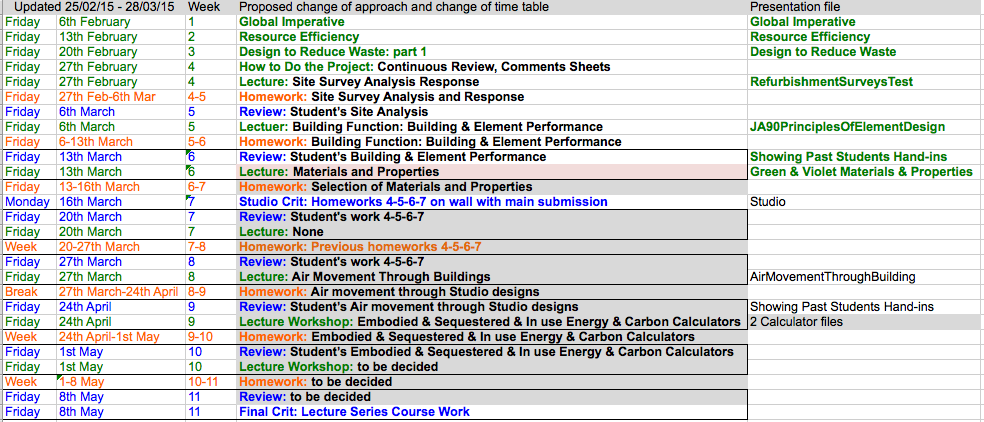
Moodle, here and DropBox
- Lilly Kudic will upload all course related information on Moodle.
- I am putting it here too.
- All the lectures listed above have file sizes that are too large to upload here so they are accessible from a Dropbox folder
- Your email address needs to be added to the Dropbox folder by me for you to be invited to use the Dropbox files
- If you have not been invited then I have not got your email address or it is wrong in the list above
- Email me at BrianSpecMan@aol.com from your email account so I can pick up your email address.
- there are still 6 ‘no shows’: students registered but not attending the seminars
- If you know somebody that is not attending please let them know they are likely to fail this part of the course work if they do not attend (based on previous year’s results)
Dropbox works like this
- Drop box is a shared on line folder that I created and I populated with files so that you, my invited guests can see and use those files.
- The contents is synchronised between my computer and the online folder when I am online and between the online folder and the folder on your computers when you are on line.
- I can update the files in my computer in my shared folder, and every time I go on line the folders will synchronise and reconcile the files so you can all see the latest version in the folder you see on your computer next time you go on line and the folders synchronies and reconcile.
- Somebody deleted the files and pasted them back in
- But somebody else deleted them altogether, they disappeared from the online folder and from my computer too.
- If you want to keep the files you can COPY not MOVE them into your own directories and folders but do not DELETE them and don’t delete the folder.
- Dont delete the on line shared folder and don’t empty the shared online folders or nobody can see the files I am sharing with you all.
- The files I loaded disappeared, the student that deleted them has put them back.
- I will add some more files now.
- Now that you know how this works, please engage your brains before action.
© GBE NGS ASWS BrianSpecMan aka Brian Murphy
19th February 2015 – 27th April 2017
LSBU PGDip Architecture 2015
Images:

Seminar Series + Project Ambition

Coursework 2015
Proposed update to coursework 2015

Academic feedback on coursework submissions
(to 2014 update 12)
Student Attendance List (Week 1-9)
Lecture Series (Subject to change)
Proposed update to Lecture Series
Lectures
(in Moodle or DropBox)
You have been invited to the Dropbox by email
If you have not received it then I have your email wrong
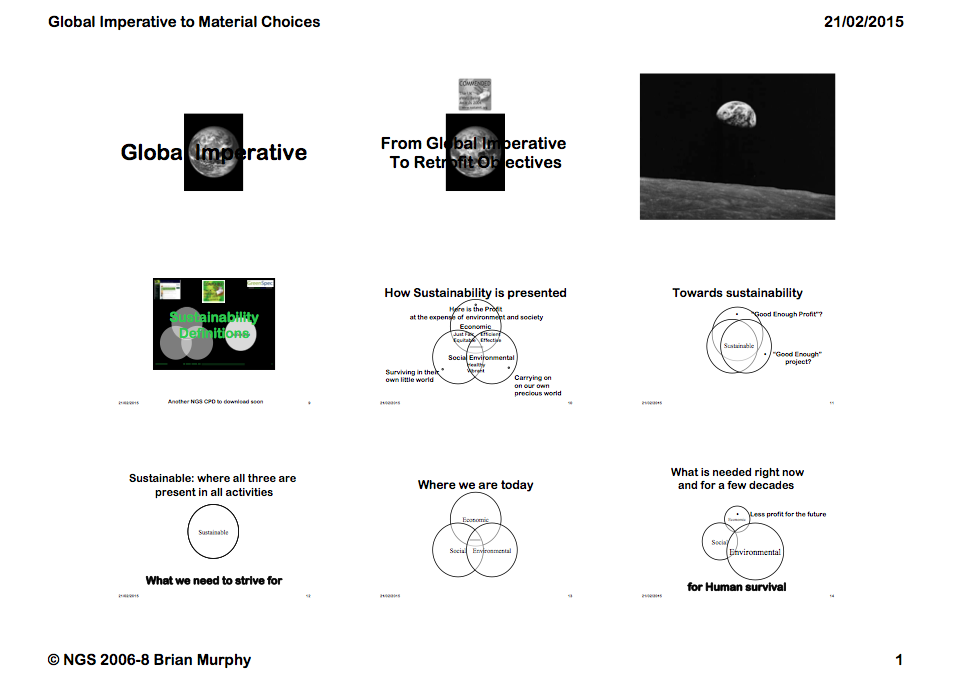
Go to DropBox or Moodle for this file (Above)
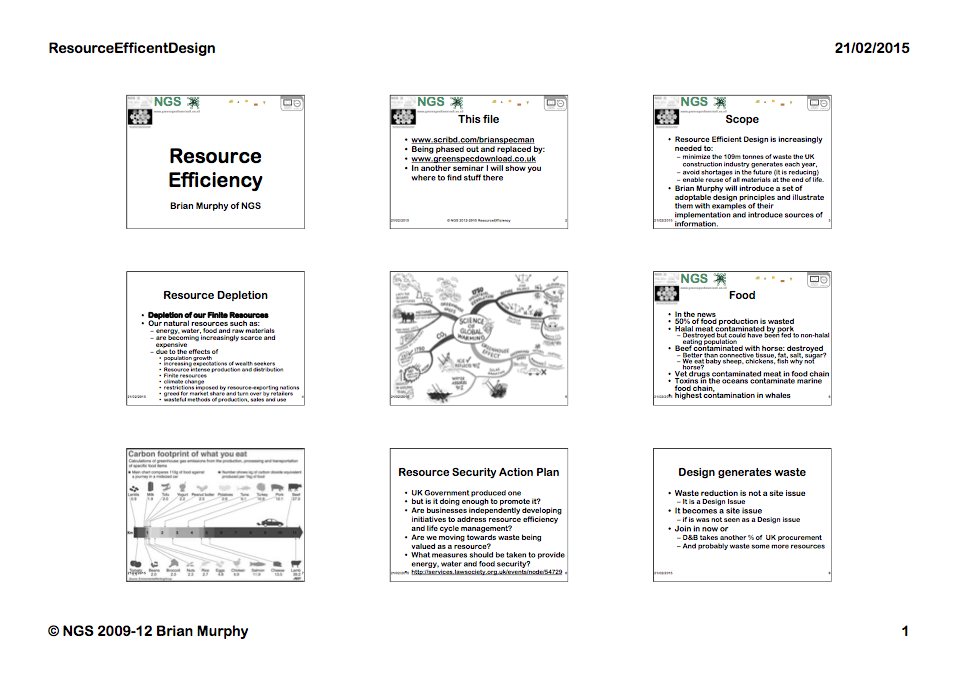
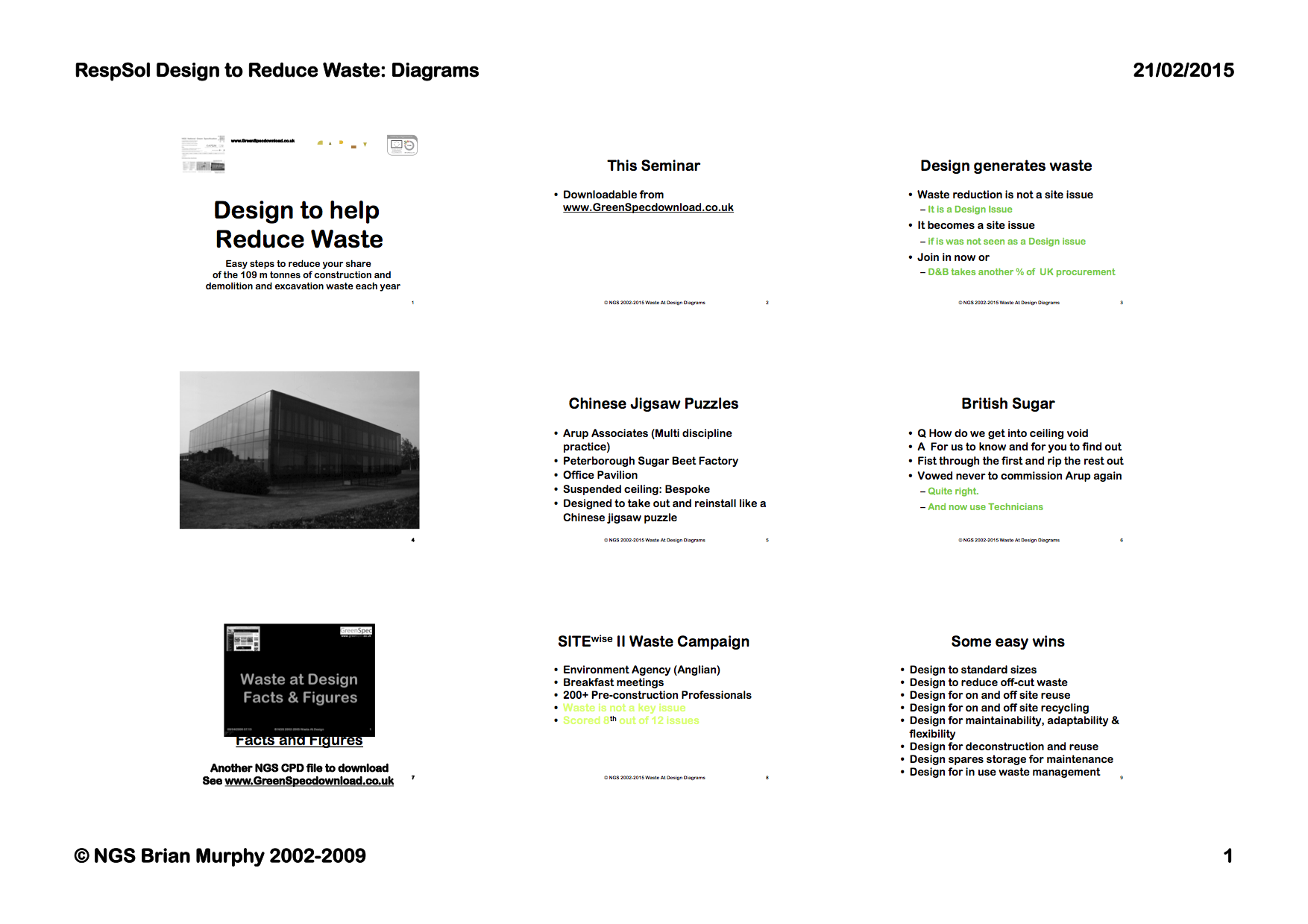
- Revised lecture series Week 5
- I will add Element Performance information from many other senminars before the event
- Air Movement Through Buildings
- Revised lecture series Week 8
Week 9 Introduction to Calculators
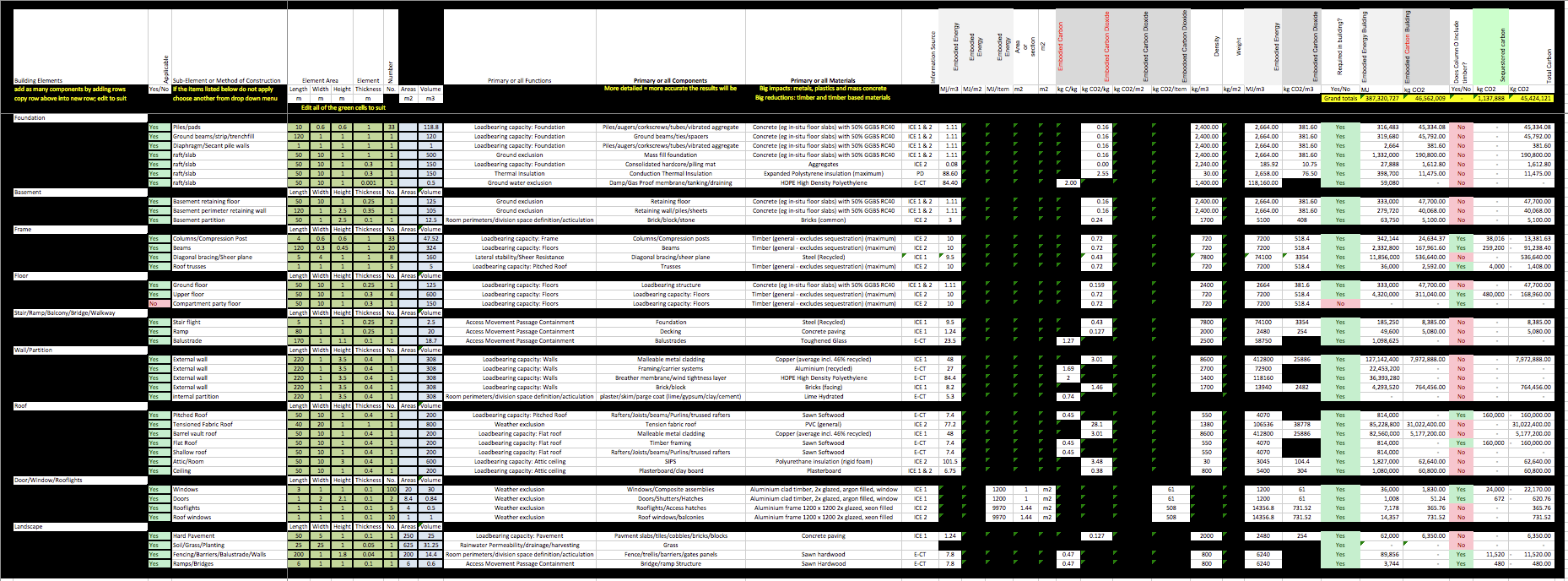
Moodle, here and DropBox
- Lilly Kudic will upload all course related information on Moodle.
- I am putting it here too.
- All the lectures listed above have file sizes that are too large to upload here so they are accessible from a Dropbox folder
- Your email address needs to be added to the Dropbox folder by me for you to be invited to use the Dropbox files
- If you have not been invited then I have not got your email address or it is wrong in the list above
- Email me at BrianSpecMan@aol.com from your email account so I can pick up your email address.
- there are still 6 ‘no shows’: students registered but not attending the seminars
- If you know somebody that is not attending please let them know they are likely to fail this part of the course work if they do not attend (based on previous year’s results)
Dropbox works like this
- Drop box is a shared on line folder that I created and I populated with files so that you, my invited guests can see and use those files.
- The contents is synchronised between my computer and the online folder when I am online and between the online folder and the folder on your computers when you are on line.
- I can update the files in my computer in my shared folder, and every time I go on line the folders will synchronise and reconcile the files so you can all see the latest version in the folder you see on your computer next time you go on line and the folders synchronies and reconcile.
- Somebody deleted the files and pasted them back in
- But somebody else deleted them altogether, they disappeared from the online folder and from my computer too.
- If you want to keep the files you can COPY not MOVE them into your own directories and folders but do not DELETE them and don’t delete the folder.
- Dont delete the on line shared folder and don’t empty the shared online folders or nobody can see the files I am sharing with you all.
- The files I loaded disappeared, the student that deleted them has put them back.
- I will add some more files now.
- Now that you know how this works, please engage your brains before action.
© GBE NGS ASWS BrianSpecMan aka Brian Murphy
19 February 2015 – 27th April 2017
LSBU PGDip Architecture 2015
See Also:
GBE Lectures
- Lectures N#486
- Lectures Subjects N#737
- Lectures Past Recipients N#736
- Lectures Satisfied Customers N#735
GBE Elements
- (11) Ground N#212 Site Survey, Soil Investigation, Site Clearance, Topsoil, Subsoil, Soil Stabilisation, Consolidation, Soil Remediation
- F132 Basements N#270
- (13.1) Ground floor N#213 Insulation, Inter-seasonal Thermal storage, DPM, GPM, below ground services.
- (16.4) Groundworks N#215 & Reinforced Concrete Raft Foundations (site visit)
- (16.4) Foundation N#214 types, Eco-concrete, Rock piling, Buried buildings, Floating buildings,
- (21) External Walls: Timber N#218
- (21) External walls: LTF Light timber frame N#219
- (21) External Walls: Masonry N#216
- (21) External Walls: others N#217
- (21.4) External Walls: Glass N#220
- JH11 Curtain Walling N#296
- JH13 Structural Glass Assemblies N#297
- (22) Internal partitions N#221
- (23) Upper floors N#222
- (27.1) Flat roofs N#223
- (27.2) Pitched Roofs N#224
- Green Roofs
GBE CPD
- GBE CPD N#462
- CPD In-House N#738
- CPD Past Events List N#698
- CPD Satisfied Customers
GBE CALCULATORS
- GBE Calculators N#621
- GBE Elemental Embodied Energy Calculator 2015 xlsx
- GBE Materials Embodied Energy CO2 ICE2 2015 xlsx
- GBE Whole Building EE EC SC Calculator A07 BRM 050515 xlsx
- GBE Building UV to Watts CO2 Calculator 2015.xlsx
GBE Information
- GBE Information N#739
- ICE Database N#1037
GBE Projects
© GBE NGS ASWS BrianSpecMan aka Brian Murphy
18th February 2015 – 27th April 2017



